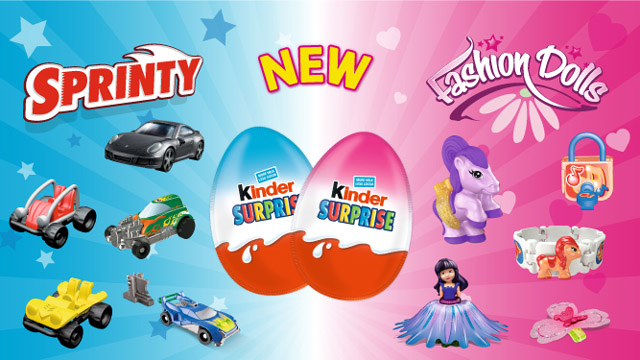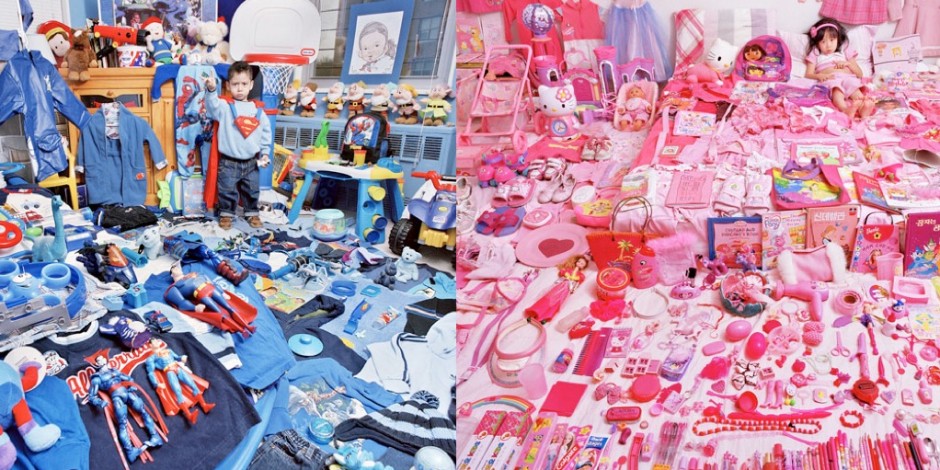
For some time now, marketing and advertising departments across the world have been dividing consumers into more easily digestible chunks. This practice is known as market segmentation. The thinking behind this sales strategy is that splitting a target demographic into narrower groups of consumers who have similar needs, wants and desires makes it easier to develop product lines to suit them. Gendered marketing is one form of market segmentation and children’s toys are one of the categories guilty of this marketing method. In fact, the marketing of toys has become even more gendered nowadays than it was 50 years ago.
Color can be used to manipulate children’s perceptions of what toys they should play with, and numerous studies have found that girls are far more likely to opt for traditionally male toys if they were pink. However, this is not a preference that we are born with. Most cognitive research suggests that all babies actually prefer blue, and any preference girls may have for pink is conditioned, usually arising around the age of 2 years of age, and becoming more pronounced through early life. For example, in a recent study, researchers showed children toys in different colors - monster trucks and fairy wands in pink or blue, among others - and asked them who the toys were intended for and if they would play with them.

The responses indicated boys were uninterested in feminine toys regardless of color. Girls were interested in masculine toys when they were pink and purple, but they were significantly less interested in masculine toys with colors perceived to be masculine.
However, forcing gender roles has many problems, and can hinder child development in ways that have long term implications for society as a whole. Dr Elizabeth Sweet, a sociologist studying children and gender inequality at the University of Californian, noted that studies have found that gendered toys do shape children’s play preferences and styles. Because gendered toys limit the range of skills and attributes that both boys and girls can explore through play, they may prevent children from developing their full range of interests, preferences, and talents.
Different toys benefit children in different ways. Dolls bring out nurturing skills and empathy, building blocks develop spatial skills and reading maps and hitting targets with balls increases cognitive skills. Toys which are traditionally targeted at boys, encourage children to go into careers in math, science or engineering. The negative impact of this is already seen in STEM, where women make up as little as 20% of the IT industry and just 13% of all STEM occupations - compared with approximately 40% of the total global workforce.
"Gendered toy marketing divides a child’s ability to learn about the world based on gender constructions that are culturally determined," she said. "When all of the marketing consistently revolves around gender, it teaches our kids to look at the opposite sex as a different species, because in order to market gendered toys, you have to point out the difference and not the similarities.